14 Frugal Homestead Ideas
Many homesteaders try to live a more resourceful and simple life. However, keeping monthly expenses from creeping up can still be a significant challenge. Our homesteading family of six has lived off one small income for over a decade and here we share our 14 frugal homestead ideas to thrive on any budget.
Fun frugal fact about us – we’ve never paid for a babysitter! The picture below is of us sneaking off to our car sitting in our driveway during nap time for a romantic date. With the best homemade local ice cream of course – an area we never skimp on!

Our story of not much income and keeping a budget
This year we will celebrate 13 years of marriage. There have been plenty of bumps for us along the way, but surprisingly one area we almost never have spats about is finances.
We were married young out of college and our first several years together we worked as missionaries with a local campus ministry. As you might imagine, that income was pretty minimal and it didn’t go up because there were two of us and not just one.
We earned around $30,000 annually and figured out ways to cut our costs and live on one small income. From that point on, through many job changes, moves, having four children, and now homesteading on top of it all, we’ve made it a goal to keep our cost of living right around that same $30,000 per year mark.
This has ebbed and flowed some, but we have never strayed above $1000-2000 above that number, and currently sit right around $30,000/yr.
Maintaining that budget amount has been no small task, but we are so excited to share many of the ideas and strategies that have helped us not just live, but thrive, on a small budget these many years. These are the things that have helped us to not just have a frugal homestead, but create the homestead of our dreams.

Do we live cheaply to have a frugal homestead?
Not in the least! We never want you to get the impression that we interchange frugal living with cheap living.
Cheap prioritizes cost above all else. Little or no regard is given to how something was made, where it comes from, and what is a fair value for it.
You’ll see in our 14 frugal homestead ideas below that cheap is not our jam. Even on a shoestring budget we manage to buy quality and often locally sourced products. Regardless of income, we feel like we live richly.
So here are our top tips to minimize your budget and still create the frugal homestead (or home) of your dreams.
Our 14 frugal homestead ideas to help you thrive on any budget
1. Budget
Don’t overlook this step! A budget, in its simplest form, is having a plan for your money. Without a budget how do you know or track what your dollars are going toward. Or how do you save strategically and effectively toward something in the future?

We have kept a budget every year of our marriage and that has brought so much freedom to our world. You don’t need anything complex. We use envelopes that get a designated amount of cash each month for different categories of our spending, along with a simple spreadsheet to track things annually.
It’s basic but it works. We even nerd out and look forward to our budget ‘date’ night each month where we reconcile our budget, talk through our spending, and make sure we’re on the same page.
2. Barter
Bartering allows for an equal exchange of goods or services. What do you produce on your farm that you have extra of? Or what skills or knowledge do you have that you can trade with others? For instance, our milk cow produces more milk than our family can keep up with. So, we have opportunities there to barter with neighbors and locals for things like hay, meat, and other farm products. We even exchanged fresh milk for a family photo shoot before!
The key here is to work out a fair price or arrangement for what you offer. For instance, if web design is a skill of yours and you want to exchange for say a veggie CSA share, discuss your typical rates upfront. Don’t mistake bartering with giving away.
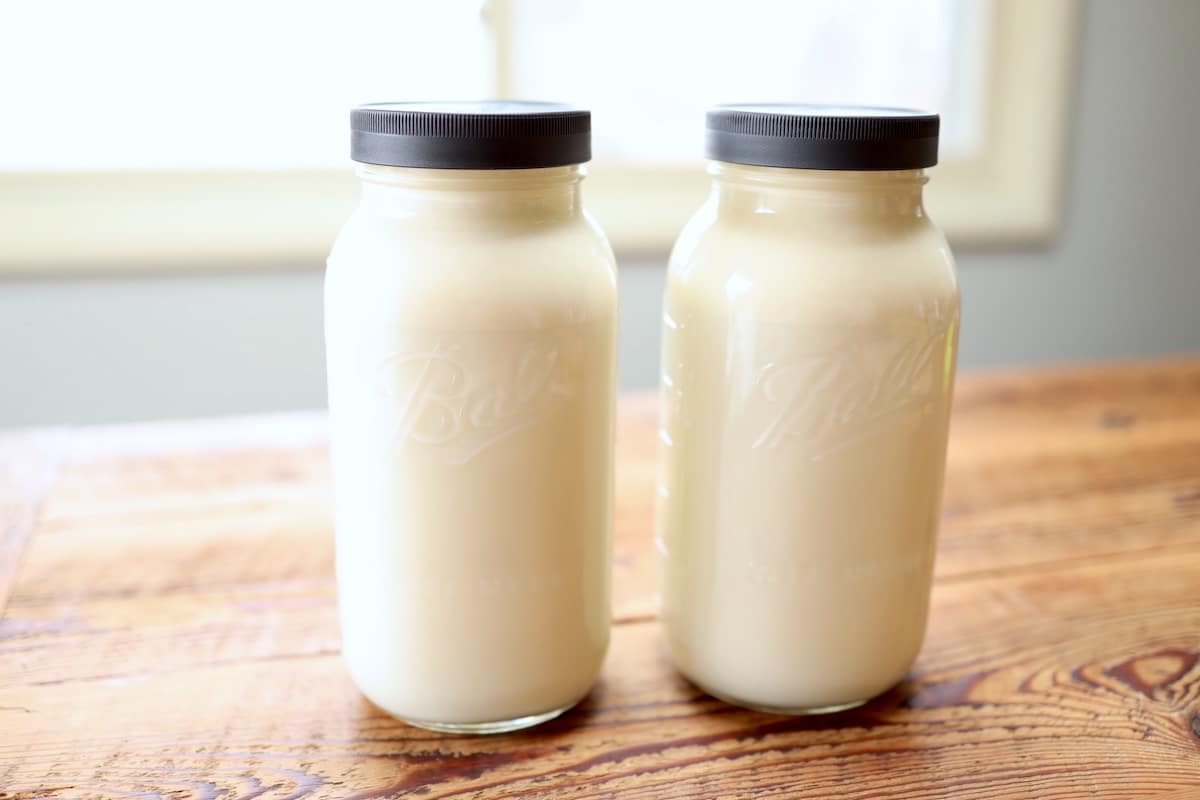
3. Purchase intentionally
We’ve recently been reading We Are What We Eat by Alice Waters – highly recommend it! In the book, she makes the case that fast food culture has permeated far deeper into our lives and values than just food. Her take is that fast food culture has trickled into an attitude of entitlement for instant, cheap convenience in our lives at all times.
Our family tries to combat this mentality by thoughtfully choosing what we do or do not bring into our home. Seek out companies, products, and services that align with your personal values and standards of living. We’ve found it helps shift our mindset from chasing deals to chasing the items that truly bring you the most value and joy.
It’s less about chasing the deal and more about being wise and selective in your purchasing.
4. Buy used or second-hand
No joke, this is just about our whole homestead. It’s not exclusive, but buying used is how we afford the bulk of the quality items we possess. This list includes kitchen cabinets, appliances, our AGA stove, couches, rugs, hutch, and a whole host of other furniture and kitchen items. Not to mention a good chunk of our wardrobe! This has been key in our frugal homestead journey.

When you move outside to the farm it’s much the same. Used fencing, tools, trailers, BCS tractor, and so much more. I literally got all of our Premier 1 electro netting fencing and solar fencers used that we use to rotationally graze our animals and protect our chickens and garden areas. We’ve saved thousands of dollars going this route.
Our primary strategy for finding used items is through Facebook Marketplace or Craigslist. But you can also find a lot at local garage sales, barn sales, and thrift stores.
5. Ask for things as gifts
When a need comes up for a practical item we need, we try to resist the urge to just jump online or head to the store and purchase it. Instead, we think, “Are there opportunities coming up to ask for them as gifts instead?” The beauty is that birthdays, Christmas, and other holidays keep coming up year after year, and people want to buy you things!
On the farm, we actually received our first chicken coop as a gift, along with beekeeping equipment and other gardening tools. A practical example in the home is that when we decided it was time to upgrade our kids water bottles, we put it on their Christmas lists, waited a couple of months, and everyone’s rockin’ with new water bottles now.

6. Invest in skills
There are strategic skills you can learn along the way in your homesteading journey that can greatly reduce costs in your life. For instance, learning to sew can open up countless doors of cost savings – making your own clothes, reusable diapers and wipes, and gifts for others like cloth napkins or table runners.
This is a super basic example, but we purchased a $30 hair trimmer over a decade ago and all the boys in our home get regular free-of-charge mommy trims! Those savings add up fast over that span of time.
Our ancestors excelled at do-it-yourself everything, and we often think of how much of a bummer it is that those skills are no longer being handed down. But, tools like YouTube, books, blogs, and other educational resources have made learning new skills more obtainable than ever before!
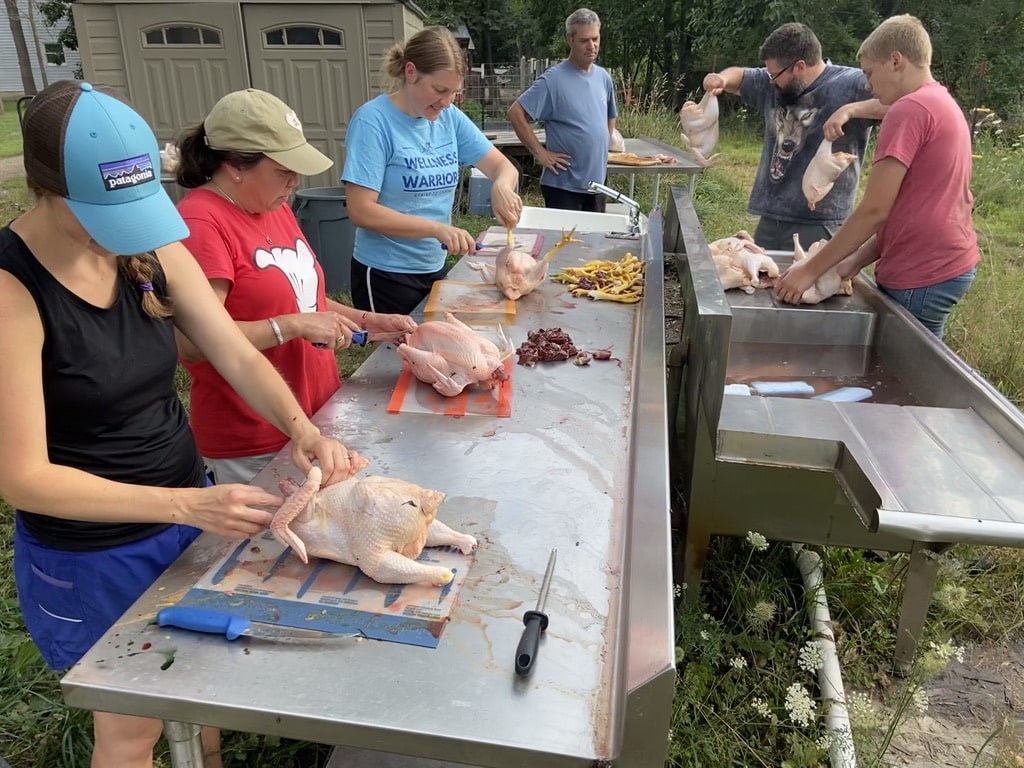
7. Reuse things
This can be as simple as washing out plastic Ziploc bags to reuse them many, many times. Yep, that’s us! We try eliminate the word “disposable” from our vocabulary. Why keep buying something over and over again?
For example, instead of buying Ziploc bags in the first place just get a set of glass snap lid containers that can be used over and over again. Or, we bought a set of reusable produce bags a few years back and use them ALL THE TIME.
I built us a custom kitchen island with a couple of our used cabinets, some vintage hardwood trim pieces and an old door we salvaged, along with some scraps leftover from our kitchen remodel. We wanted a butcher block countertop but the custom size was bringing quotes back in the thousands of dollars. Instead, I took some leftover pieces of wood flooring and laminated them to a piece of plywood. It looks great, has held up, and was entirely built with leftover materials we had lying around.
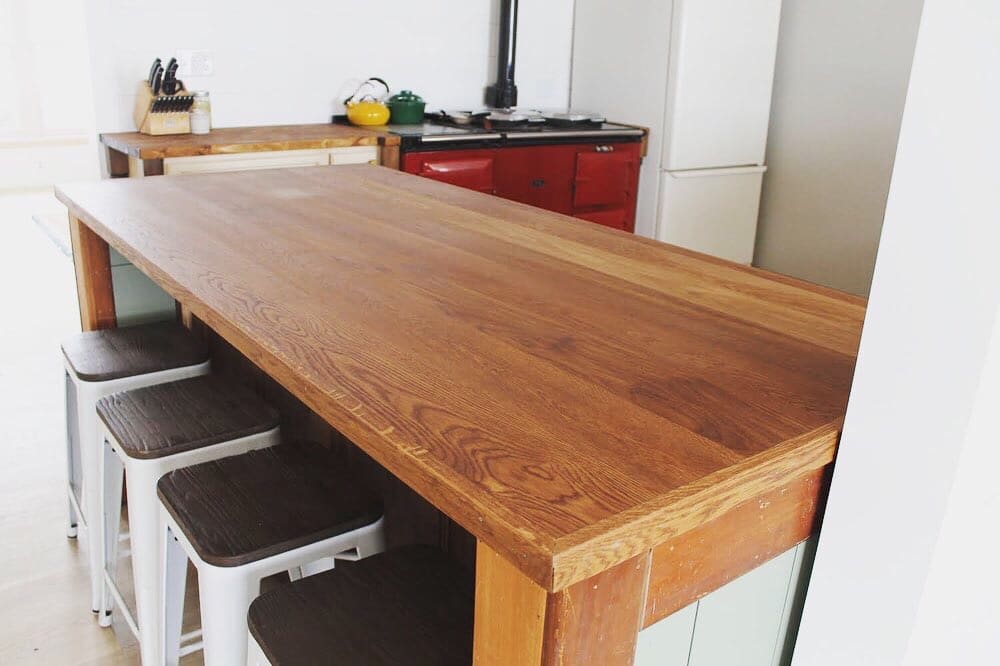
8. Eat what you have
On our homestead, we have a rule – no food goes to waste! It’s not easy and we’re not perfect with it. But we’ve found that this mindset, (1) allows us to be really cost-effective in our grocery shopping, and (2) helps us to honor and appreciate both the food itself and those who grew it.
We do this by meal planning around what we have BEFORE things go bad. No new food is bought until you finish what’s in your fridge or pantry.
It’s a mindset as much as it is a strategy. Cheap food allows us to believe food is disposable in our world. That’s simply not true. When we go through the effort of growing our own food, or buy from other local growers, we honor those efforts by consuming what was grown and allowing it to nourish our bodies – not sending food (and your money) to the landfill.
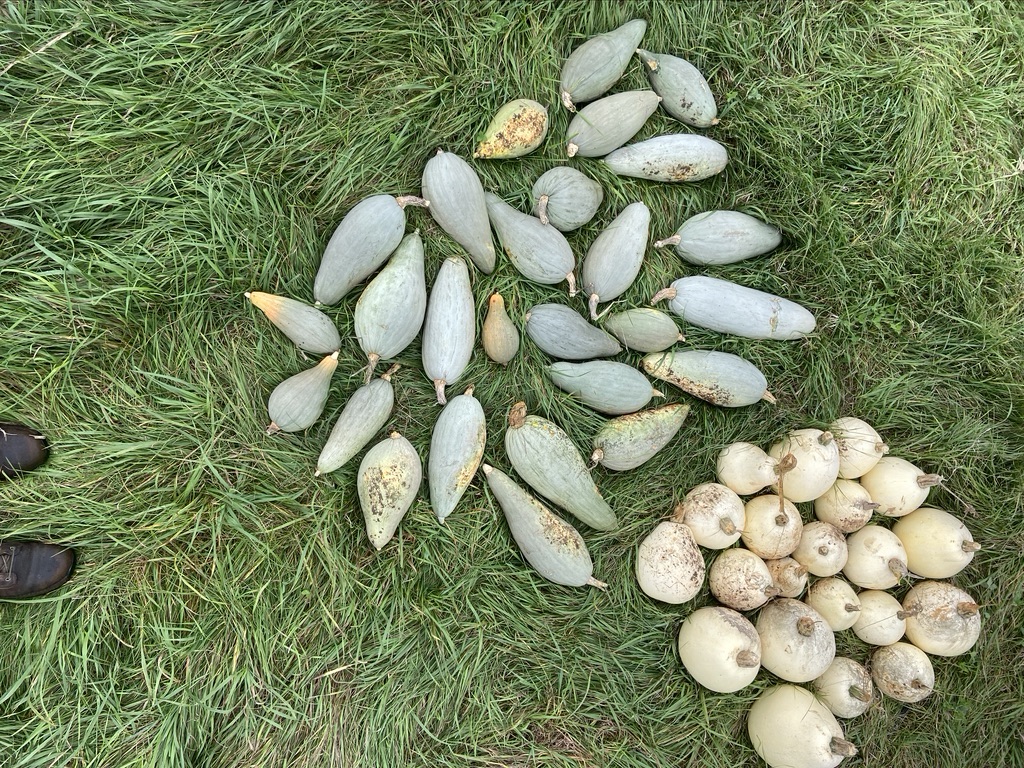
9. No-cost or low-cost entertainment
Contrary to what marketing tactics want you to believe, entertainment does not need to be a significant expense. One more subscription is not going to make your life complete. That 30-second trailer aimed at bringing you into the theater can wait until your local library has it for free. Entertainment is expensive and we’ve found it so much more freeing and fun to just come up with our own.
Like renting things from the library, going on hikes or bike rides, having a family fishing or forage session, or doing a craft or project with scraps and materials you already have on hand. The possibilities are endless!
We still go out on adventures but even then, you can plan ahead and save costs! Like our recent trip to the zoo on one of their early spring free entry days where we brought our own lunch and didn’t pay a dime besides gas money.

10. Eat seasonally
Buying in-season items allows you to stock up when it matters most. For example, when strawberries are in season, we go to the local you-pick strawberry farm, pick in bulk, eat some fresh, and then freeze the rest for a supply of the best strawberries year-round. Then you can avoid the out-of-season markups and also preserve foods at peak nutrition.
A common grocery shopping strategy is finding some recipes and buying whatever ingredients are needed. But when the ingredients aren’t in season or abundant, you’ll likely pay more. Instead, we have seen a lot of success buying what’s in season and low cost and building a meal plan around those items. Then you get the double benefit of saving money and eating what’s fresh.

11. Buy only what you need
We live in a “stock up and save” culture. Retail is notorious for trying to get you to throw something in your cart that was never on your list in the first place. Are you really saving anything if you never use that item? Or is it really something you couldn’t live without?
We try and put everything through the filter of living with our basic needs being met. The abundance we want is not an over-abundance, but a just right abundance of quality and necessary possessions. That stockpile of spontaneous and inexpensive “just in case” things will clutter up your world fast.
12. Forage
We don’t have grow your own food on this list because we assume that’s a strategy you’re already doing on some level as a homesteader. But one area that isn’t always obvious when it comes to food is using what nature produces freely through foraging. We are trying to implement this more in our world.
All around you are edible and medicinal plants that can be harvested or preserved for eating, or turning into helpful concoctions like salves and tinctures. We have big nettle patch on our property. Most people try to get rid of nettle, but the more we researched the more we discovered that nettle is packed with more nutrition than other greens and can be cooked and added to dishes just like spinach. We also dry nettle to preserve it and have greens available all year round for soups or a garnish.

13. Share resources
Sharing resources with other small farms means sharing costs. Every farm or homestead within a couple mile radius does not need to own all the same tools and equipment. Livestock trailers, processing equipment, fencing tools, and machinery. Get to know people around you doing similar things and explore ways to share.
We loaned out our BCS tractor to another farmer we know locally and they were nice enough to have the engine tuned up for us. That’s a win-win for both sides. We’ve also gone in on seed and tree orders with neighbors to reduce shipping and get bulk discounts.
14. Love your space
Many of us feel the need to leave our homes often. We build lives around activities and errands that keep us constantly on the move. There’s nothing wrong with getting out of the house and for many that’s a good thing.
But the more time we spend away from home the more expenses creep in. The miscellaneous sale item that grabbed your attention. Needing to pick up something to eat on the go. Extra monthly gas fill-ups. It all adds up over time.
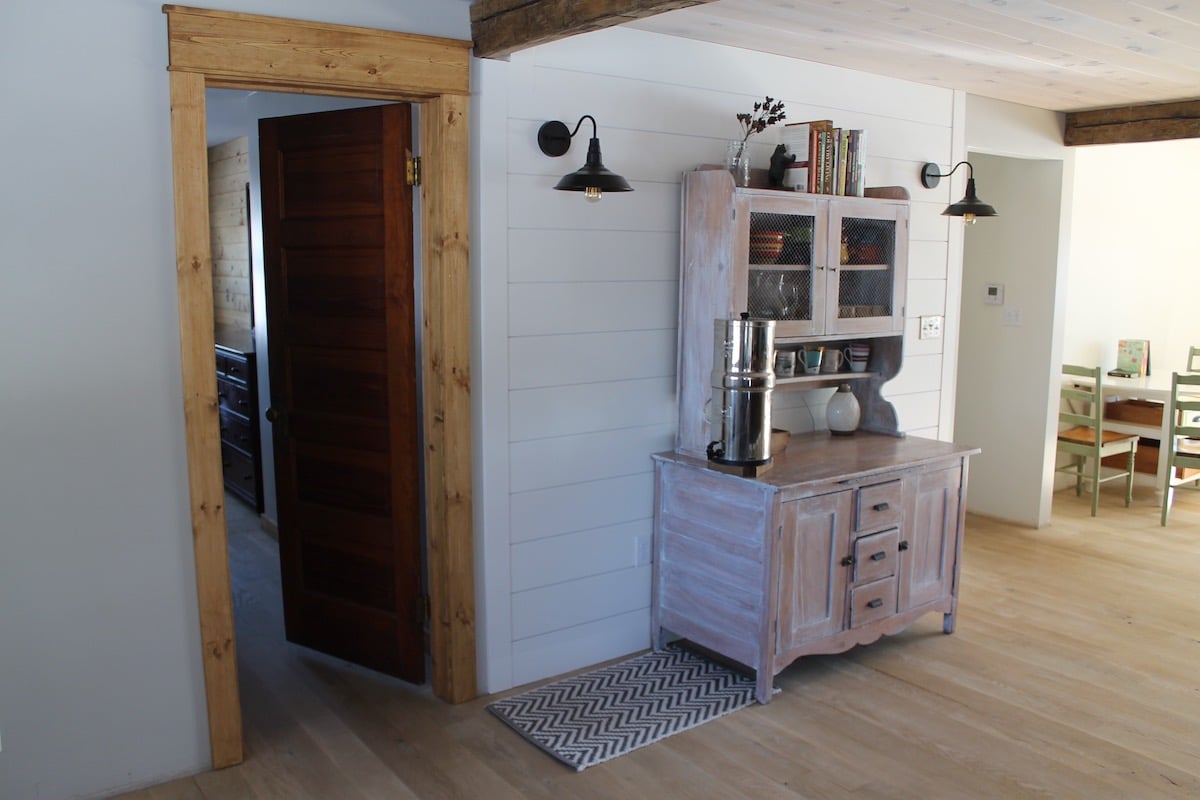
Make your home your sanctuary. Prioritize the undone tasks that have been stressing you out and make time to accomplish them. Declutter that ever-looming closet that’s been annoying you since you moved in! Simplify your home. Find joy, and beauty, and value in all that’s around you. Keep costs low by keeping close to home.
A word of caution on frugal homesteading
Too much frugality can be extremely inefficient and sometimes even cost more in the end. Having a frugal homestead does not mean that you should never pay full price for something along the way. For example, every used purchase you make has an inherent risk that it might not work as promised or last long enough to pay for itself.
Most purchases have worked out for us after doing our researching and making sure we’ve felt good about the history of an item. But sometimes you get a dud. That will happen.
The other side is that sometimes the best way to be a frugal homestead is to use your dollars to hire a professional for a job that you might just not be able to do adequately or efficiently on your own. But you can also use that as a learning experience to gain confidence and consider tackling it yourself next time!
All this to say, don’t strive for perfection in your frugal homestead journey. Do your best and give yourself grace.
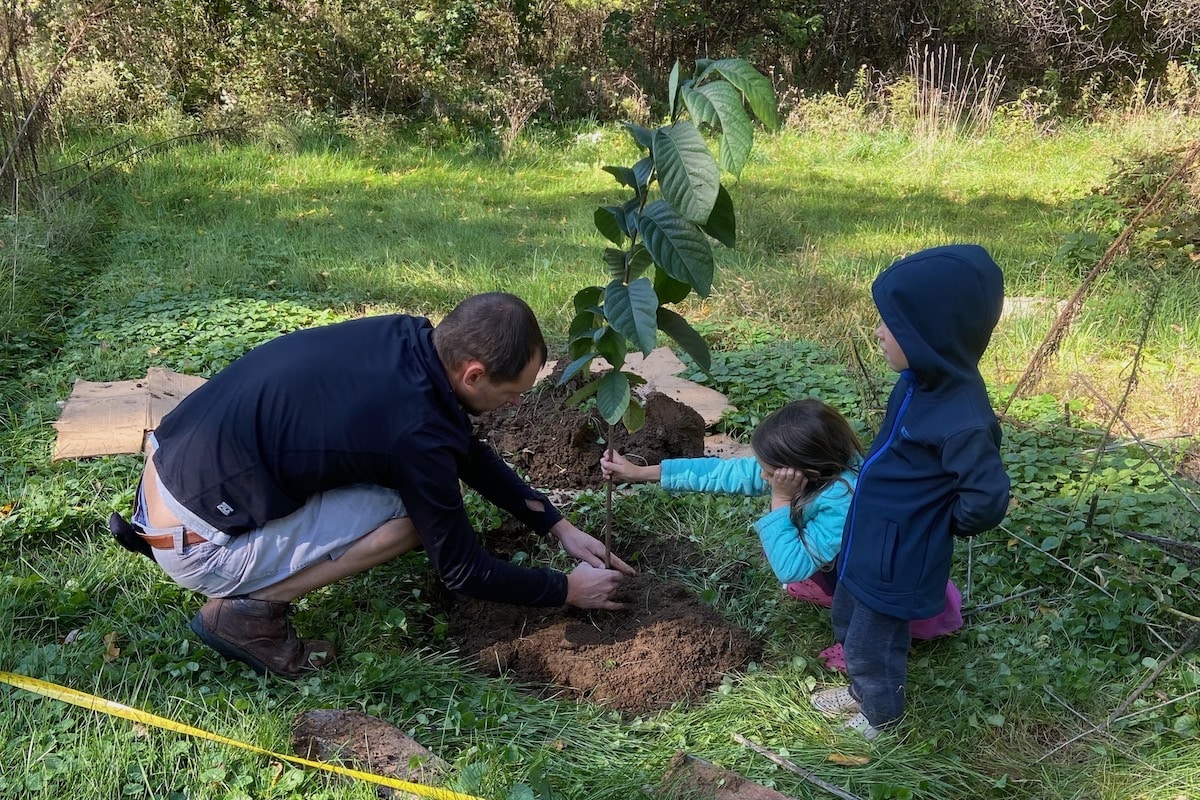
What’s your money-saving strategy?
These frugal homestead ideas have worked well for our family. But we know that not all of them will translate perfectly to your world. That’s where it’s up to you to adopt what seems practical for your life and develop your own cost-conscious strategies along the way.
What habits and routines have helped you create a frugal homestead? What ideas resonated with you from our list? Are there any you would like more clarification on?
We’d love to hear from you in the comments.
Some of the above links are affiliate links. This means we earn a small commission on qualifying purchases at no cost to you. We are so appreciative of your support!
Read more about living on a budget:
- Buying a Homestead on a Budget
- Setting Up A Homestead Budget For One Small Income
- 7 Tips to Save Money on Organic Groceries
- Buying Food in Bulk – What We Buy to Save Money
Pin it for later!




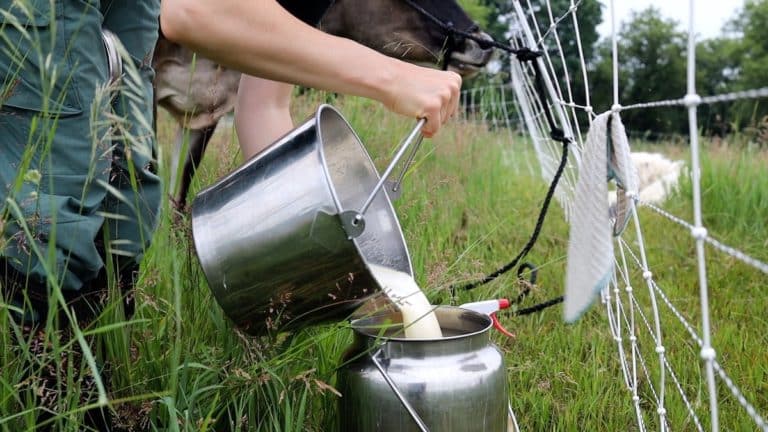


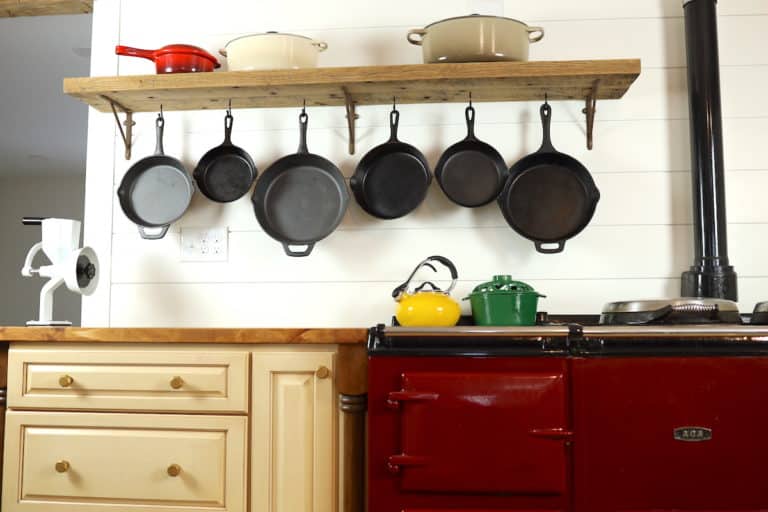
What is your approach to health insurance? Have you discovered frugal means for limiting medical expenses?
We use a healthcare sharing plan called Samaritan Ministries. Here’s a post we did on it if you’re interested: http://fromscratchfarmstead.com/samaritan-ministries-review/. Not sure if you’re familiar with the health sharing model, but it’s a community approach where your monthly payments go directly toward paying for someone’s medical needs. We have become big believers in this type of “insurance.” We’ve found Samaritan to be among the most affordable out there, but there’s lots of other health sharing company’s too. Nothing about healthcare is low cost, but overall Samaritan has been less expensive than when we were on a split cost PPO plan with a previous employer. Probably the most frugal way to approach health insurance is to be preventative and have a healthy diet and lifestyle. The more you spend on quality food up front, the less you’ll pay out in medical bills in the long run. Hope that helps!
We definitely try to stay as healthy as possible through our diet and lifestyle! All of the needs we’ve experienced have either been maternity related (with a homebirth midwife) or more injury related.